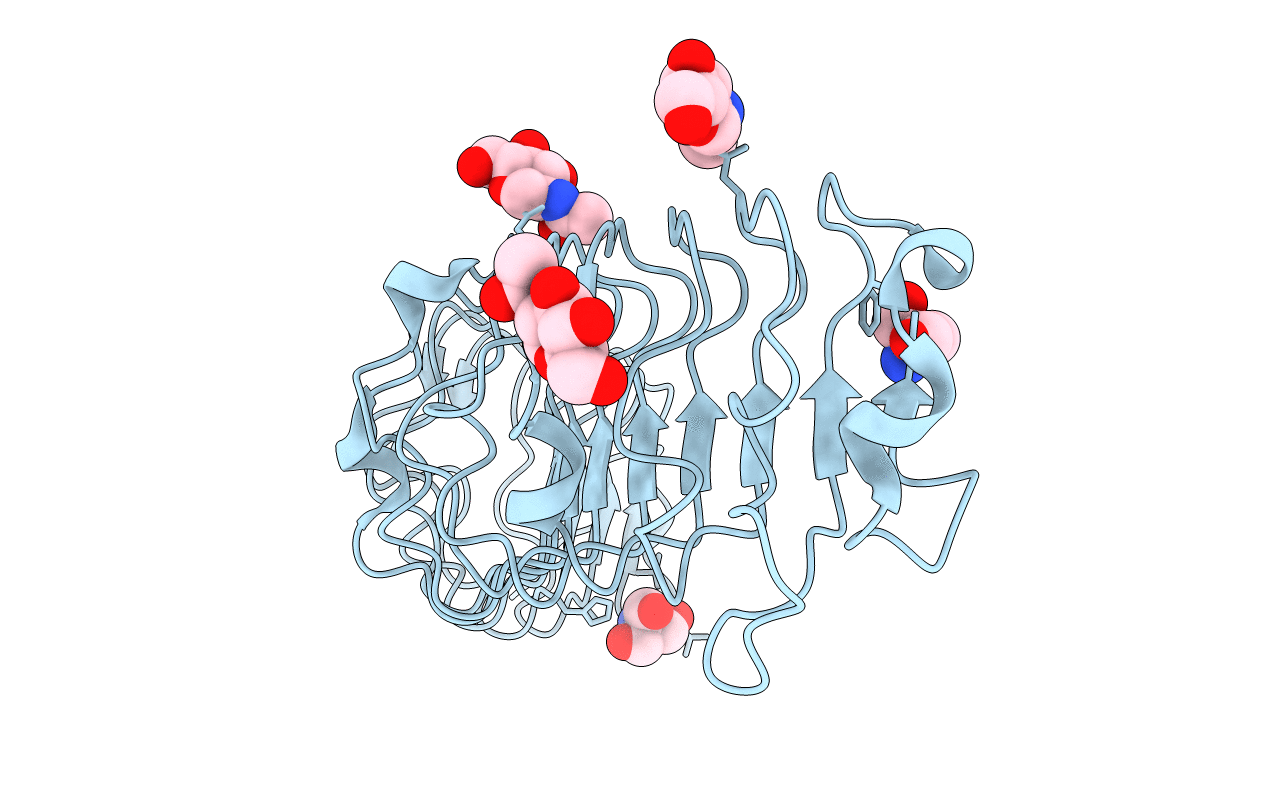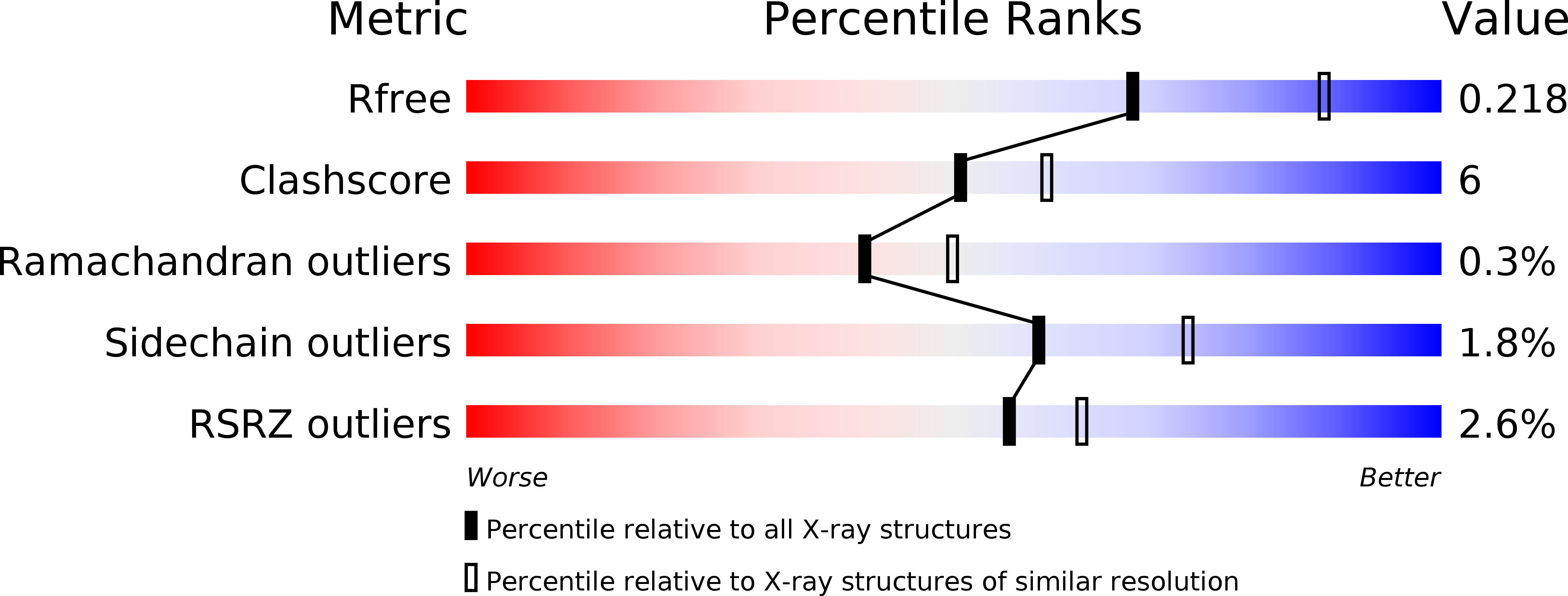
Deposition Date
2004-09-01
Release Date
2004-11-02
Last Version Date
2024-10-09
Entry Detail
PDB ID:
1XCD
Keywords:
Title:
Dimeric bovine tissue-extracted decorin, crystal form 1
Biological Source:
Source Organism:
Bos taurus (Taxon ID: 9913)
Method Details:
Experimental Method:
Resolution:
2.31 Å
R-Value Free:
0.25
R-Value Work:
0.22
R-Value Observed:
0.22
Space Group:
C 2 2 21


